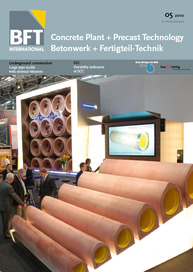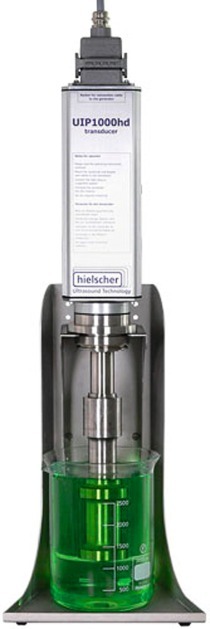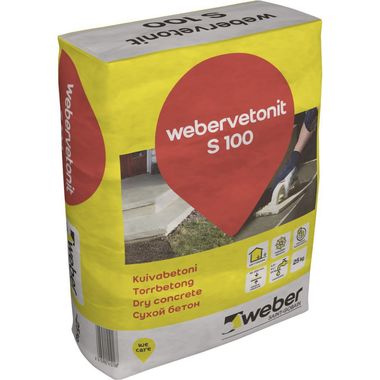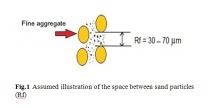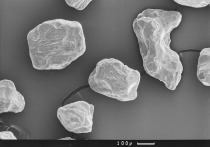Study of micronized sand as a cement replacement
Due to the high level of CO2 emissions and scarcity or raw materials involved in the production of cement, ways are being sought to reduce the amount of cement needed. In this paper, micronized sand is investigated as a cement replacement. The material properties are determined and the influence on the cement paste assessed through workability and strength measurements. It is found that workability decreases with increasing fineness and higher replacement levels.
The environmental impact of infrastructure projects is becoming an increasingly important issue in engineering design. There is a growing pressure from governments and owners/clients to realize infrastructure that meets the needs of today’s communities without compromising the needs of future generations. This means that, in the future, construction materials will be selected on the basis of the contribution they can make to meet sustainability requirements. Today, Portland cement is still the essential component of concrete. The CO2emissions generated by cement production amount to more than...

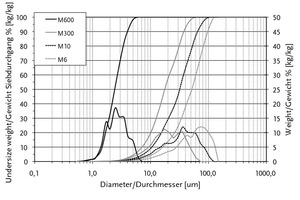
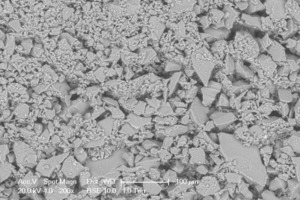
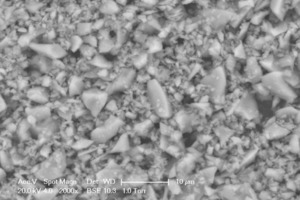
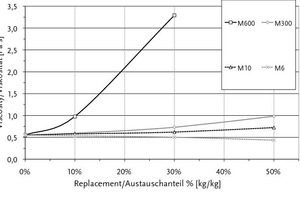
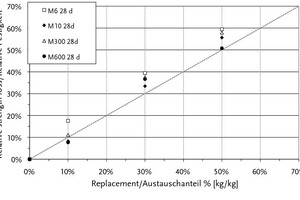
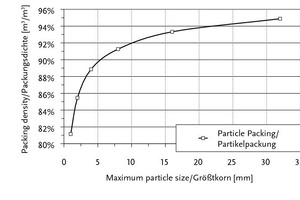
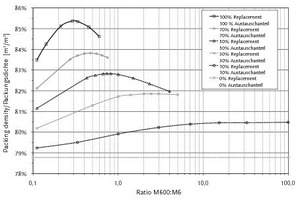
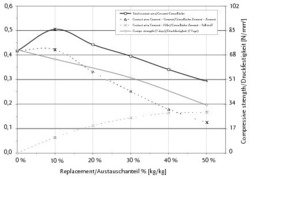
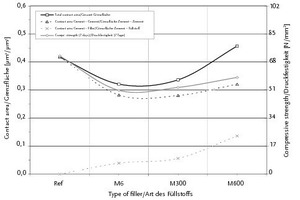
![Fig. 6
. ESEM images of the interface between hydrating cement and MS [11].](https://www.bft-international.com/imgs/tok_d0ca696e952743ed1481a4d69d8447ca/w300_h200_x400_y272_103944531_30711f7cf5.jpg)
![Fig. 6 ESEM images of the interface between hydrating cement and MS [11].](https://www.bft-international.com/imgs/tok_d2c254ff2ffc41d90bd624a5dba256a5/w300_h200_x400_y272_103944509_98e0d19793.jpg)



